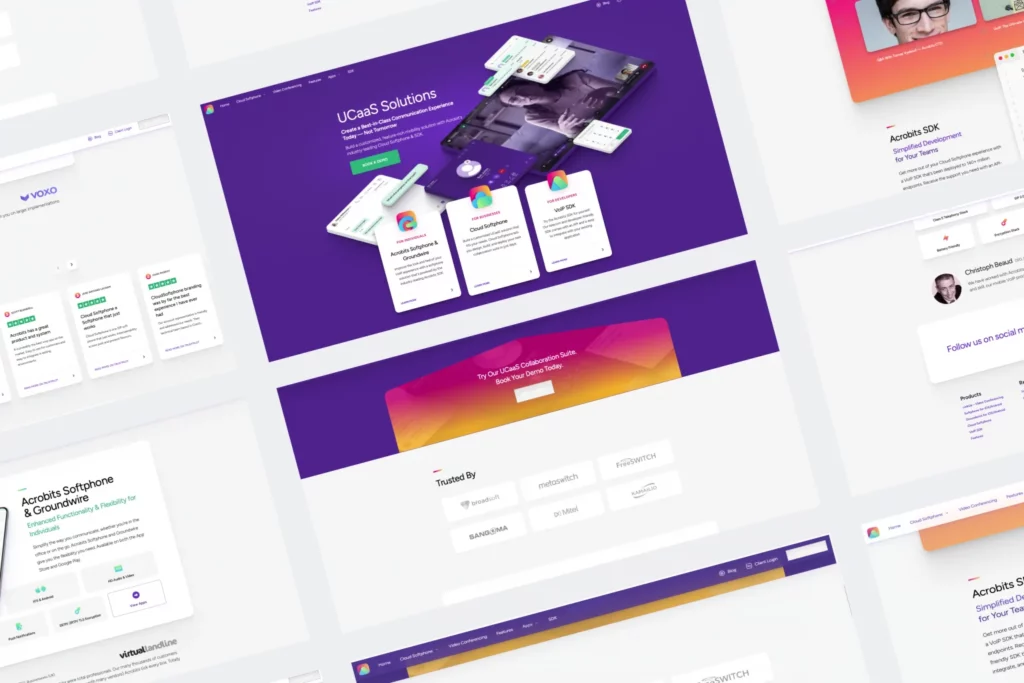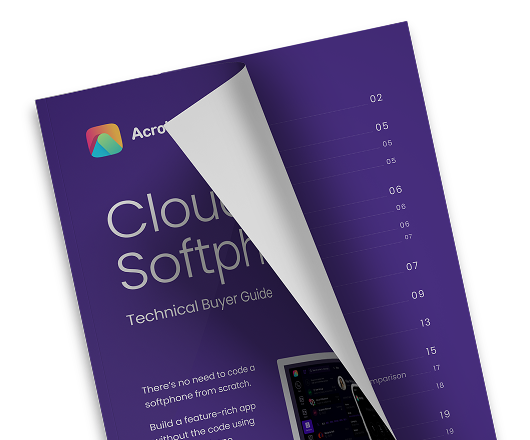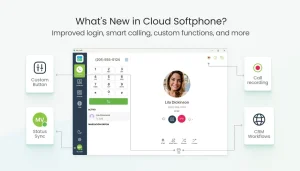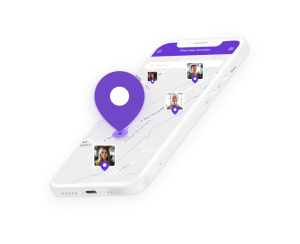When Apple first came up with the phrase ‘there’s an app for that,’ it’s unlikely that anyone could have predicted just how massive the smartphone market would become, nor the sheer volume of apps available online.
Case in point, there are currently 3.48 million apps on the Google Play Store, and 2.22 million on Apple’s App Store. It follows, then, that no matter what kind of mobile software you intend to develop, a strong marketing approach is critical.
Otherwise, you’re liable to end up lost and forgotten in a sea of competitors. That’s why prior to publishing your new Cloud Softphone App, you should take a step back and give a bit of thought to how you want to present it. Here’s a bit of guidance to help you along in that regard.
Start With a Strong Brand
Maybe you already have a brand. Maybe not. If you’ve already established your business’s identity, target audience, language, and personality, that’s great.
You’re a step ahead and can use that to inform how your VoIP app is branded. But don’t worry if you haven’t figured that part out. You’ll just need to do a bit more legwork at the beginning.
Because regardless of the business behind it, every successful app has its own distinctive brand identity, consisting of the following components:
- Name. What is your app called? Is that name memorable?
- Your unique selling proposition. Why should people download this app?
- Key messages. What are the most important characteristics of this app? What do you need people to know about it?
- Tone of voice. How do you want people to perceive your messages? Are you friendly or formal? Serious or comedic? Simple or sophisticated? Technical or non-technical?
- Language. Think about common words, phrases, or statements that best describe your brand.
- Narrative. The how and why of your app. For what purpose was it developed? Who are you, and why should your audience care?
- Imagery. Includes your logo, screenshots, and user interface.
Building on the above, your app’s brand identity starts with knowing the following.
- Who your audience is — your ideal customer.
- Why would your audience be interested in your app?
- How do you want to be perceived by that audience?
- What your app does.
- How your app outperforms the competition.
- If relevant, how does your business’s brand plays into your app’s brand?
Build a Landing Page
Once you’ve established your brand, it’s time to use that brand to put together a landing page. This is where you’ll direct all the leads and prospects you bring in with your marketing efforts, while also capturing downloads from search traffic. Should you opt for content marketing, this landing page can serve as the hub for a larger website.
A good mobile app landing page includes the following:
- Lifestyle imagery. Represent your ideal customers, and the ways they might use the app. Include examples of compatible devices in these photos.
- A compelling pitch. Start with a tagline that conveys your unique selling point — in two sentences or less, why should people care about your app?
- A strong call to action. Presumably, you want people to download your app. Make it easy for them to do so, and pair your CTA section with a tagline just as compelling as your pitch.
- Feature list. A description of your application’s core features, supported by high-quality, short videos and/or screenshots.
- Contact information. How can customers reach you? If you maintain a presence on social media, include links to your business or app’s socials, as well.
- Any other relevant data. This may include target industries, awards, value-adds, and so on.
- Search engine optimization. Think about the search terms most commonly used by qualified leads — what are people searching for when they come to this landing page?

Optimize Your Play Store and App Store Descriptions
Although there are certain key differences between writing an app store description for Android versus iOS, the best app descriptions on both generally share the following characteristics:
- They clearly and concisely explain what the application does
- They’re easy to understand.
- They have a clear structure, with text broken up by bullet points, headers, etcetera.
- They include keywords for your app.
Create a Content Plan
By this point, you’ve hopefully already nailed down your target audience. You understand their needs, interests, and challenges. This should make it easy to develop a content plan, which you can then use to inform everything from blog posts to sales and marketing collateral.
This content plan should establish the following:
- The type of content you’ll produce, such as written blogs, explainer videos, infographics, etcetera.
- How frequently you’ll publish new content.
- The core topics you’ll focus on with your content, and a list of relevant keywords for each.
- How your content will be promoted, such as via social media or email lists.
- General branding information, and how that should be applied to your content.
Produce Marketing Collateral
Next, we recommend thinking about some specific marketing materials that can be leveraged by your sales team to promote your application. This could include datasheets, explainer videos, case studies or testimonials from successful clients, and so on.
What makes this collateral different from general content is that it’s specifically focused on driving sales — it’s not about addressing related problems your customers might have but instead showing them what your app is and what it does.

Find the Right Partner to Help You Along on Your Journey
If one of your first thoughts on reading this was what a nightmare it will be to balance marketing with app store approvals, you’re not alone. That’s why Acrobits has released a new professional services add-on to help you market and optimize your App Store listings.
How does this service work? Acrobits will step in to handle the process of getting your app submitted to and approved on whichever app stores you want it published. We’ll work with you on updates and new releases, and even help you set up a developer account with your chosen credentials. Lastly, we’ll keep you apprised of any relevant changes to Apple or Google’s terms of use for developers.
As a mobile developer, managing app stores can be a downright nightmare — but with Acrobits, there’s an easier way — one that lets you focus on doing what you do best.









